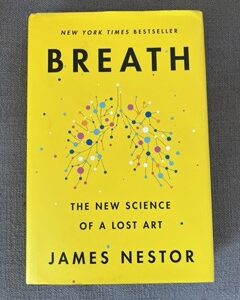EMDR is a powerful tool that I integrate into my private practice. I have used EMDR for single-incident traumas, long-term trauma, car accidents, phobias, panic attacks, depression, childhood abuse, sexual abuse, addictions, and many other issues and symptoms that clients come seeking relief and support. Sometimes I am astounded at what is shifted and transformed in my office.
Here is a study that recently came out in the Journal of EMDR Practice and Research. In this study, they used EMDR with the treatment of Migraines. Researchers found:
“a significant decrease in headache frequency and duration with no reduction on pain intensity. There was a significant decrease in the use of painkillers and ER visits. All results were maintained at 3-month follow-up, providing some preliminary evidence that EMDR may be effective and useful as an alternative treatment for migraine.” (p. 166)
In the discussion the journal article describes what EMDR does:
“EMDR is an integrative psychotherapy approach that was originally developed to reduce or eliminate the symptoms resulting from unresolved traumatic memories. EMDR is based on Shapiro’s (2001) adaptive information processing model, and it is assumed that psychopathology stems from traumatic memories and related physical sensations, emotions, thoughts, and beliefs. Therefore, presenting symptoms are viewed as resulting from disturbing past experiences that have not been adequately processed and have been encoded in state-specific and dysfunctional form. The core of EMDR involved the transmutation of the dysfunctional experiences into an adaptive resolution that fosters psychological health (Shapiro, 2001; Solomon & Shapiro, 2008).” (p. 173)
The article goes on to say that EMDR can be used with much more than PTSD. Research is beginning to expand to discover all the ways in which EMDR can help people. This is exciting for both the practitioner and the client. For more information, go to the link below to see the full article.






